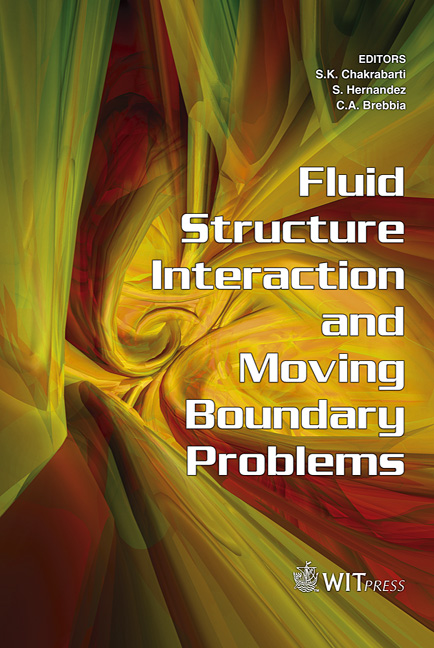3D Finite Element Analysis Of A Hydraulic Engine Mount Including Fluid-structure Interaction
Price
Free (open access)
Transaction
Volume
84
Pages
10
Published
2005
Size
1,139 kb
Paper DOI
10.2495/FSI050161
Copyright
WIT Press
Author(s)
F. Daneshmand, P. Saketi & A. Khajepour
Abstract
The interaction between fluid and structure can, in many practical engineering problems, significantly affect the response of the structures and hence needs to be properly taken into account in the analysis. Fluid-structure coupling and the finite element method are used in this paper to propose a new strategy to analyze the dynamic behaviour of the hydraulic engine mount (HEM) that is now widely used as a highly effective vibration isolator in the automotive power-train. The work conducted in this paper demonstrates that the proposed method for estimating the system parameters using the FSI for modeling the HEM is effective and the dynamic characteristics of the HEM can be performed before its prototype development, and this can ensure its low cost and high quality for development. Keywords: hydraulic engine mount, fluid-structure interaction, finite element method. 1 Introduction The fluid-structure interaction problems arise in many different areas of engineering where the system considered or some of its components are directly in contact with a fluid. Examples are aircraft, jet engines, ships, pipelines, nuclear and chemical reactors, offshore structures, bridges, etc. In these cases, the fluid often plays an important role in determining the behaviour of the structure of interest. To prevent the potential dramatic and expensive accidents, it is necessary to seek a reliable technique for the determination of the characteristics, in particular the natural frequencies of the structure in the presence of the fluid. It is usually not possible to obtain analytical solutions to
Keywords
hydraulic engine mount, fluid-structure interaction, finite element method.





